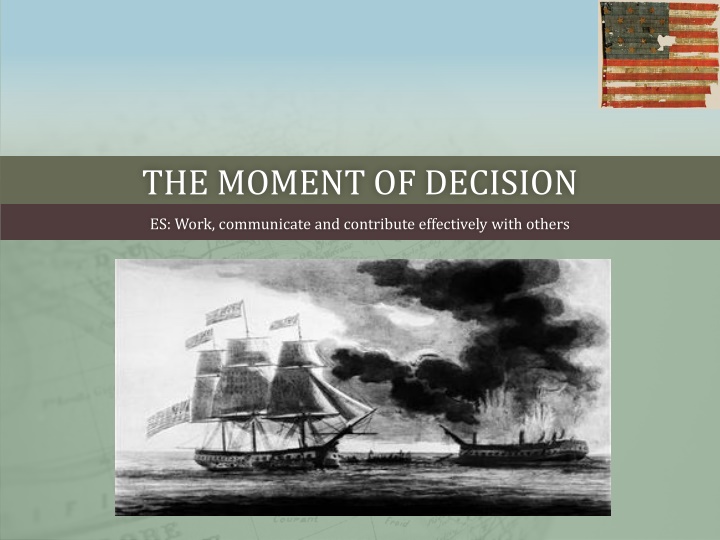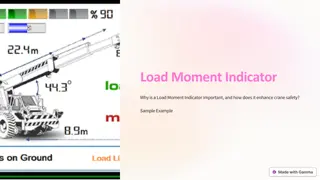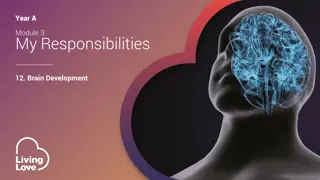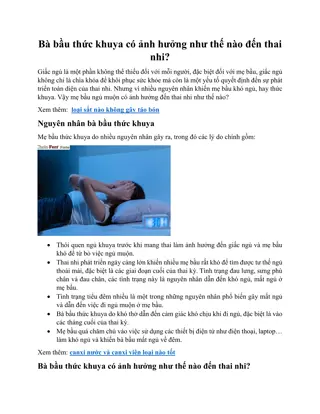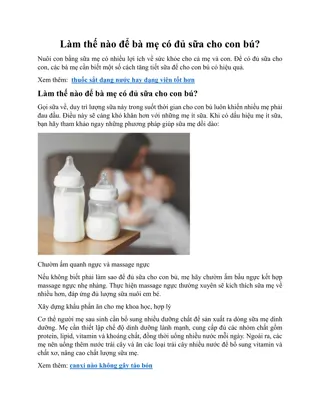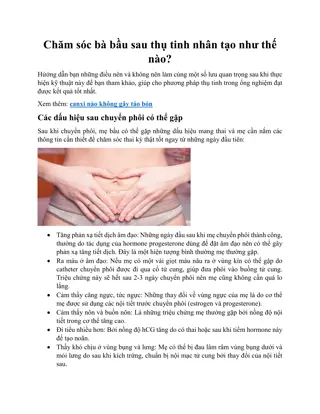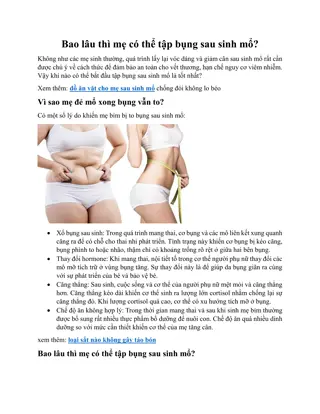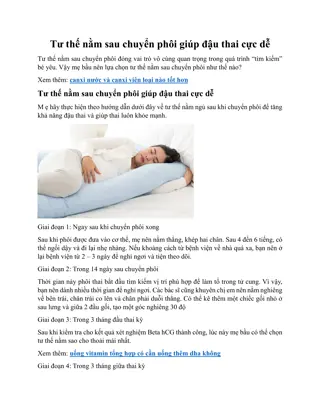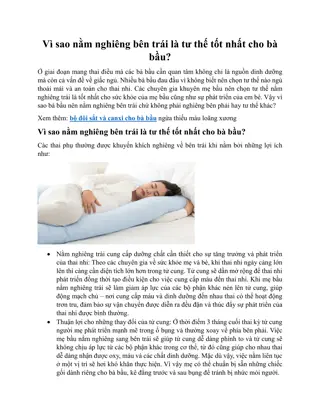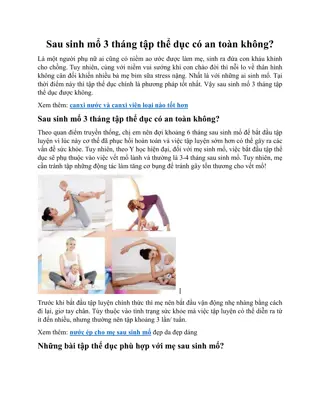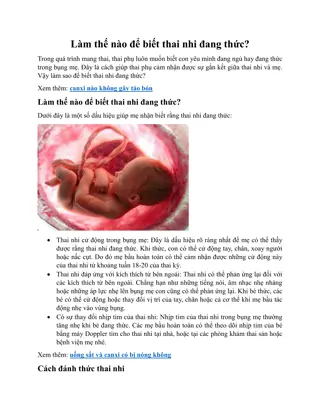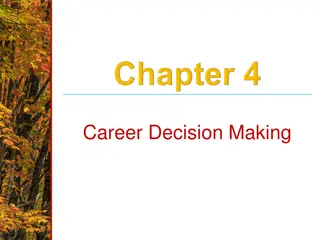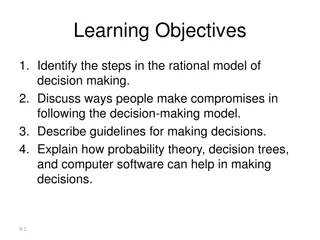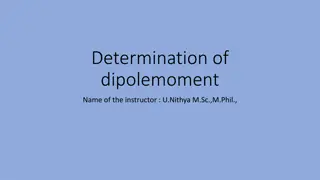THE MOMENT OF DECISION
Historical perspectives on war decisions in 1812 America. Dive into the analysis of different viewpoints, propaganda techniques, and how individuals sought to persuade others in a time of conflict.
Download Presentation

Please find below an Image/Link to download the presentation.
The content on the website is provided AS IS for your information and personal use only. It may not be sold, licensed, or shared on other websites without obtaining consent from the author.If you encounter any issues during the download, it is possible that the publisher has removed the file from their server.
You are allowed to download the files provided on this website for personal or commercial use, subject to the condition that they are used lawfully. All files are the property of their respective owners.
The content on the website is provided AS IS for your information and personal use only. It may not be sold, licensed, or shared on other websites without obtaining consent from the author.
E N D
Presentation Transcript
THE MOMENT OF DECISION ES: Work, communicate and contribute effectively with others
WEIGH THE 4 OPTIONS: PROS & CONS Option 1: Defend Rights & Honor Through Unlimited War Option 2: Defend Rights & Honor Through Limited Maritime War Option 3: Delay Armed Conflict Until Prepared Option 4: Rights and Honor are not Worth Bloodshed
CONCERNED CITIZENS: JUNE 1812 Find the person with the same colored paper as you have. The Scenario: You are a concerned citizen who has been following the escalating tensions between the United States and Great Britain. You are getting ready to attend a dinner in Washington with other people to listen to eachother s viewpoints regarding war. Read your perspective and answer the questions that follow. Be prepared to share your opinion with a larger group.
MEETING OF THE MINDS Look at the letter in the top right hand corner and move into group A, B, or C. Clearly and succinctly explain your position. Try to persuade your group that the United States should adopt your war option. Take notes on what others say
ANALYSIS Which of the concerned citizens do you agree with the most? Why? Which of the concerned citizens do you totally disagree with? Why? How did people in 1812 try to persuade other Americans to their viewpoint?
19THCENTURY PROPAGANDA: BROADSIDES Black and white maybe some color on any images Used different typeface for each line Used propaganda Specifically targeted a group of people to persuade Used alliteration and/or other figurative language to get attention Used popular/familiar imagery
PROPAGANDA TECHNIQUES Bandwagon: encouraging people to think or act in some way simply because other people are doing so. Snob appeal: making a claim that one should act or think in a certain way because of the high social status Vague, undefined terms: promoting or challenging an opinion by using words that are so vague or so poorly defined as to be almost meaningless. Loaded words: using words with strong positive or negative connotations, or associations. Name-calling is an example of the use of loaded words. Transfer: making an illogical association between one thing and something else that is generally viewed as positive or negative. Unreliable testimonial: having an unqualified person endorse a product, action, or opinion.
FIRST DAY GOALS Decide if you are PRO or ANTI war Find a partner who has highlighted the same option as you Select a group of people in America to target Select 2+ propaganda techniques to use Select an image to use it can have national or regional significance Create a rough draft of the broadside & start your rough draft of write up.
SECOND DAY GOALS Get a piece of paper and a black sharpie. Create your broadside Write your 8-10 sentence 1.5 spaced paragraph explaining: Option you selected & why Explain your target audience Propaganda techniques employed Symbols used and why Emotions you want to evoke Historical Facts used
SAMPLE WRITE UP: For our broadside, we decided to be against declaring war with Great Britain, because it makes no sense to risk our young country in war. Our broadside should be located in Boston, since that is a large, prosperous coastal city that would certainly be targeted in event of war. In addition, many of the merchants in Boston are dependent on trade with Great Britain. Our message is directly geared toward the Bostonians, who live off the shipping industry. It is a very economic message that emphasizes the financial side of war. We think that it makes good sense and will persuade many. To accomplish this goal, we decided to use more than one propaganda technique. First, we used loaded words, like bankruptcy and ruin , both of which have negative connotations. Next, we used transfer. Our broadside proclaims that, in order to save yourself from bankruptcy, you must not support the war. In all likelihood, an ordinary citizen would not be ruined if war were declared. We also used a widely recognized American symbol, Uncle Sam, who was in fact created during this time. On our broadside, we have a picture of a penniless Uncle Sam, to demonstrate our point that the country would become bankrupt in the event of war. We also used historical facts, and referenced the Embargo Act of 1807, which was disastrous for trade. We also looked up the size of the American army, and concluded that citizens would have to be drafted to supplement the army.
